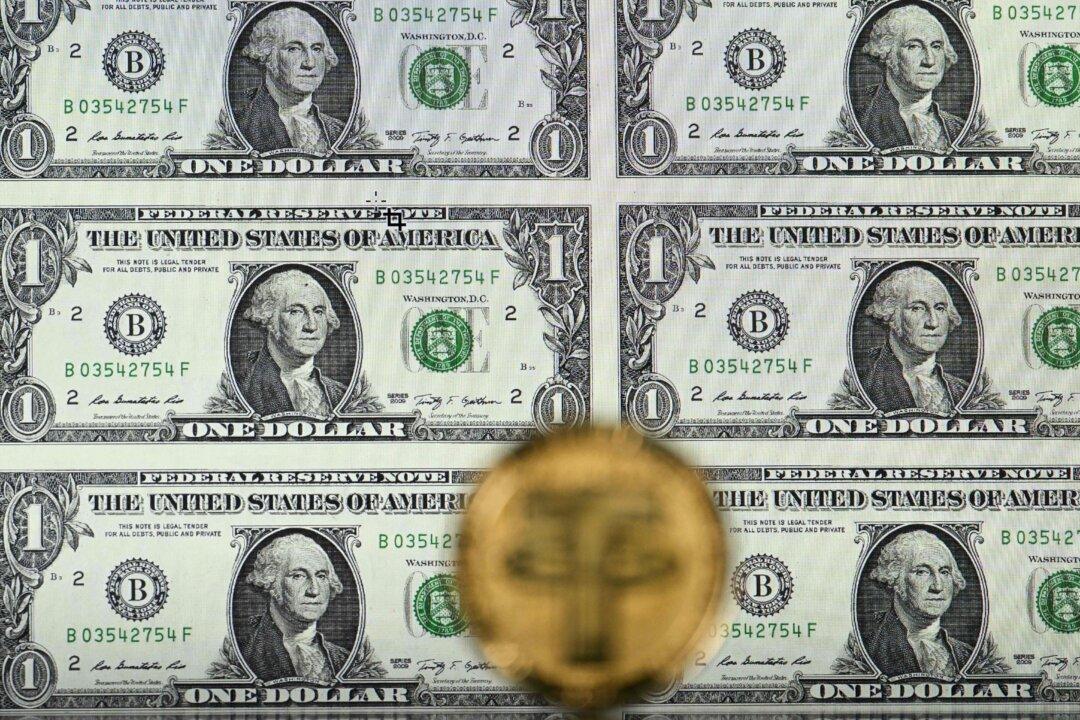The SPDR S&P 500 ETF Trust lost ground once again Tuesday as investors try to get a clear picture of just how much of a negative economic impact the omicron variant of COVID-19 will have on the global economy.
Near-Term Weakness
Omicron was a major topic at the BNP Paribas 2022 Global Outlook virtual press event on Tuesday. BNP Chief Global Economist Luigi Speranza said Tuesday that the emergence of a new COVID variant does not significantly change the firm’s bullish medium-term outlook for the global economy.“Our bias overall is to think recent developments are a net negative for growth but more ambiguous for inflation,” Speranza said.





